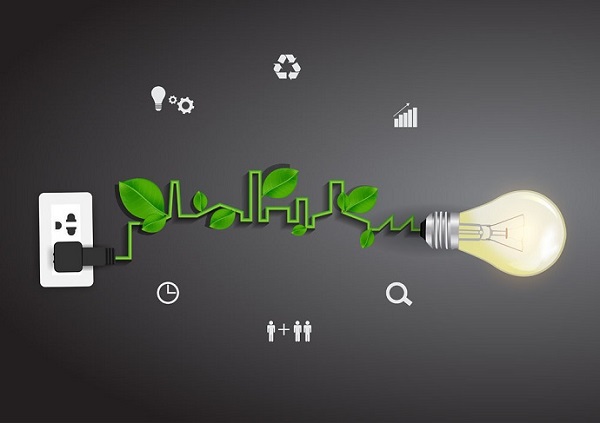Light is the most direct expression of the Internet of Things in the field of lighting. Now, whether it is indoor or outdoor lighting, it is basically the same. It is nothing more than remote switching and dimming of light. The biggest basic difference between these two and traditional street lights. The lighting field has undergone earth-shaking changes with the support of the Internet of Things, which can be summarized into five major functions, that is, the “five remote” functions.


(1) Telemetry
Sensors are set up on each lighting distribution circuit to collect operating parameters such as phase voltage, line voltage, current, and power factor. These data are transmitted to cloud server storage through various communication carriers. After distribution by cloud services, these data can be Displayed on the visual management platform.
(2) Remote messaging
Through the control network, the circuit switching status of each lighting distribution in the box-type substation, circuit overvoltage and overcurrent fault information, and communication network fault information can be sent to the visual management terminal.
(3)Remote viewing
Surveillance cameras are installed on some road sections. Personnel on duty can use the monitors in the monitoring room to understand the lighting conditions of street lamps and the lighting effect of landscape lamps. At the same time, faulty or damaged lamps can be discovered immediately and repaired in time to ensure the normal operation of road lighting.
(4)Remote adjustment
Through the visual management terminal platform, the on-duty personnel can adjust the energy-saving operating parameters of the equipment in each box-type substation at any time based on the analysis of the traffic flow and overall road conditions in each road section at different times.
(5) Remote control
Based on a reliable communication carrier, the on-duty personnel do not need to go to the scene and can control every lighting node on site at any time as needed.
Smart lighting refers to a distributed lighting control system composed of Internet of Things technology, sensing technology, wired and wireless communication technology, power carrier communication technology, embedded computer intelligent information processing, and energy-saving control technology to realize the control of lighting equipment. intelligent control. Smart lighting can achieve the goals of safety, energy saving, comfort and efficiency.
The rapid development of mobile Internet, Internet of Things, and cloud computing has provided a solid foundation for the construction of smart cities. Among them, smart lighting uses the Internet of Things cloud platform application to add richer sensing facilities on the basis of the city’s overall lighting Internet of Things. , integrating various objects such as energy-saving lighting, video surveillance, help alarms, public broadcasting, electronic screen information release, wireless WIFI, environmental monitoring, smart charging piles (cars, electric vehicles, mobile phone charging) into the perception network, which can provide Smart cities provide more basic data support and expand more intelligent services.
In the future, with the widespread application of smart lighting equipment, its development will gradually shift towards semiconductor lighting, greening, standardization, networking and personalization. While promoting innovation in lighting direction, it also promotes the development and construction of smart cities.